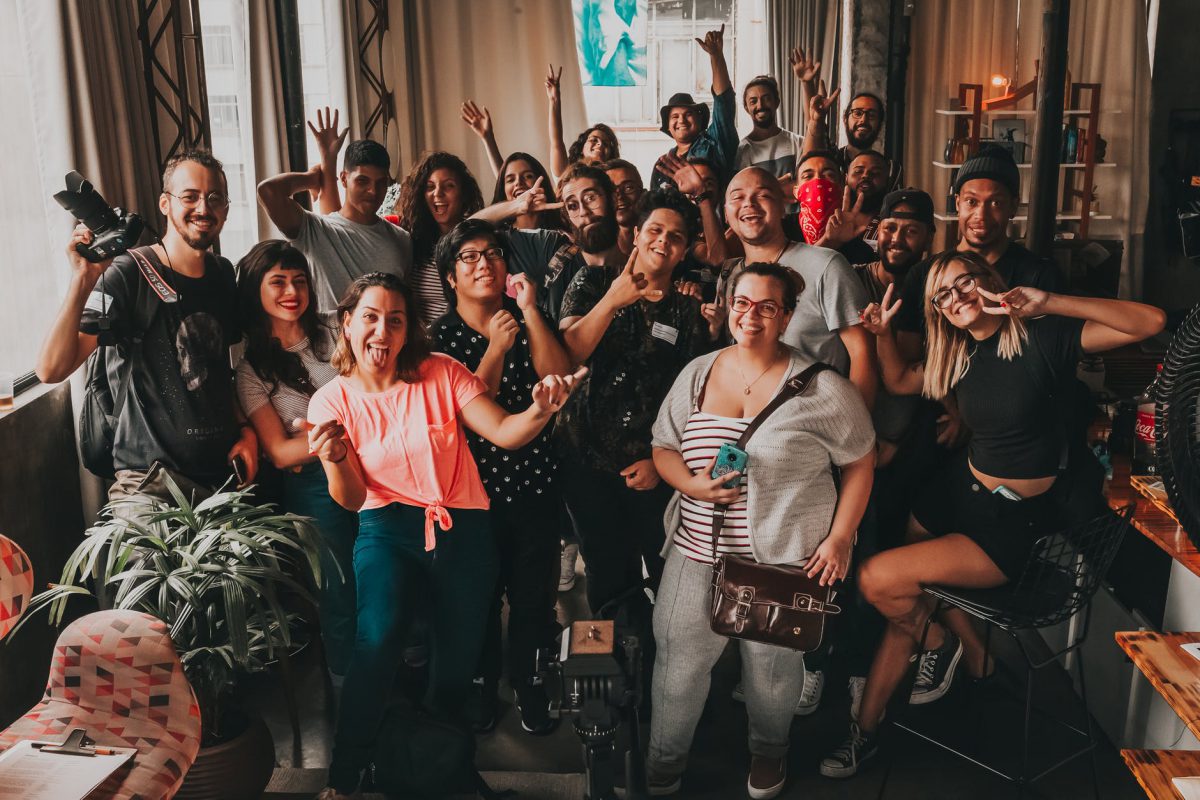The importance of having a positive company culture has only grown over the past year as businesses have been thrust into one of the most challenging economic eras in history and forced to adapt on the fly. While there has long been evidence that companies with better cultures are more successful, the overnight transition to work from home further exposed the disparity between those that had succeeded in cultivating thriving employee connections, and those that had not. While being remote has presented a challenge for those looking to build up their culture right now, there’s a straightforward solution that many companies overlook.
Employee communities can provide crucial support infrastructure in a way that the company cannot sustainably offer from the top down. By enabling employees to self-organize around demographics and other important needs or interests, employers empower culture champions to thrive in all departments and at all levels of the organization rather than having it be the sole responsibility of HR or executives. Employee communities can be an all-around win for the organization, for employees, for the budget, for the employer brand, and beyond, so investing in them is simply the smart move if you want to cultivate a positive company culture.
Key aspects of a positive company culture
There are a number of crucial components of a positive company culture that will drive engagement, productivity, retention, and employee happiness. We’ve listed some of the most important ones below, but there may be others that are important to foster in your company or industry.
- Inclusion. Building an inclusive workplace is an essential step towards ensuring success for your organization. Experiencing exclusion causes the brain to release an enzyme that attacks the hippocampus leading to an array of negative outcomes from reduced ability to problem solve and innovate, to a lack of motivation to connect with people. Subjecting employees to episodes of exclusion on a regular basis contributes directly to creating a toxic culture, so fostering inclusion is imperative.
- Recognition. Employees need to know that their efforts are valued and appreciated. In the absence of that, there’s little incentive to put in extra, or really any effort for an organization that doesn’t recognize their contributions. Ensure that you’re noting how your team has helped the company reach its goals, or risk a negative culture filled with unmotivated employees.
- Transparency. If you truly respect your team members, you’ll be open and honest with them. Clear and transparent communication across all levels of the organization is a hallmark of a positive company culture, as no one has to wonder and worry about what they’re not being told. Particularly during this era of frequent layoffs, do your team and your culture a favor and foster an environment of open communication.
- Growth opportunities. From learning and development to promotion ladders, employees want to know that they’ll have the chance to expand their skillset and progress in their careers. Having a number of people in positions that they feel are dead-end will only lead to unhappiness and negativity, so make it clear that your company not only wants employees to stay, but has allocated resources towards ensuring that they do.
How to make employee communities work for you
While this list may initially seem overwhelming, this is exactly where employee communities can come into play. By connecting employees to their peers, these groups can build inclusion for each and every team member to feel that they have a place to belong within the company. Employee communities also provide a space for team members to break out of their assigned roles and showcase alternative skillsets and talents, giving them the chance to be recognized for more than just their core job performance. Additionally, employee communities offer a way for people to find out about what may be happening in departments outside their own, and are great channels for spreading news and collecting employee feedback. Last but certainly not least, employee communities can provide ample opportunities for learning and development, as well as to design and lead new initiatives and efforts.
Starting employee communities doesn’t have to be difficult, either. Identify your internal culture champions who are already making a difference for their colleagues and offer them more formal support. Brainstorm some key ideas these groups could center around and send out a company-wide survey to gauge interest. While it’s always helpful to provide a budget, it’s not absolutely necessary, which means that employee communities can be launched at very little cost. Obviously, it’s always better to allocate resources to something if you want it to succeed, but we know that budgets can be tight nowadays.
While which employee communities you launch will ultimately depend on your individual company, there are some tried and true strategies for getting them off the ground. If you’re interested in learning more and especially if you’re looking to start employee resource groups, give us a shout at hello@workrowd.com. Between our engagement and culture software solution designed around employee groups, to the Global ERG Network, we’ve got tools and resources to help you get going and sustain your momentum. Happy community building!










